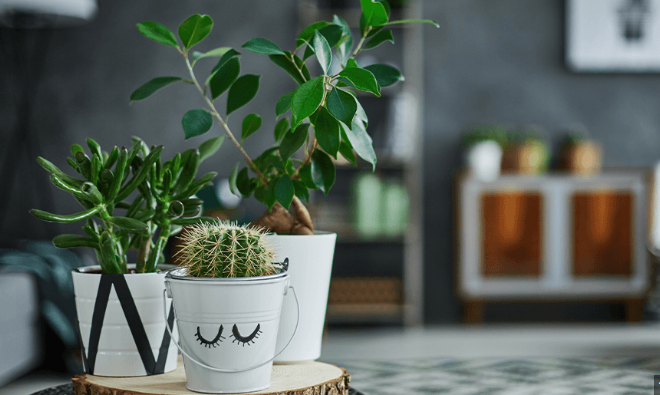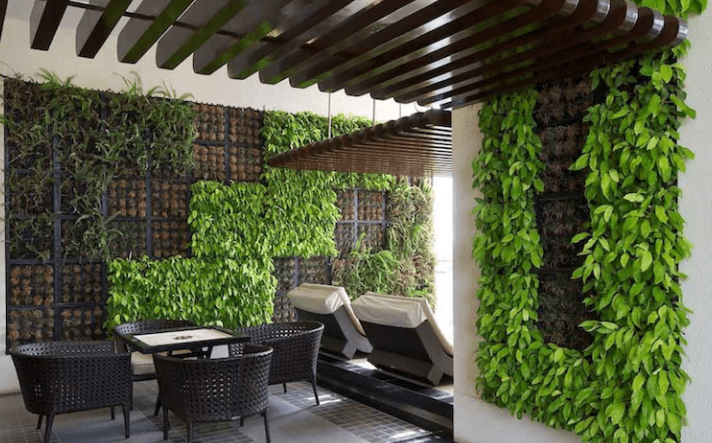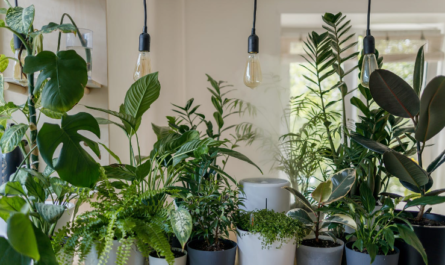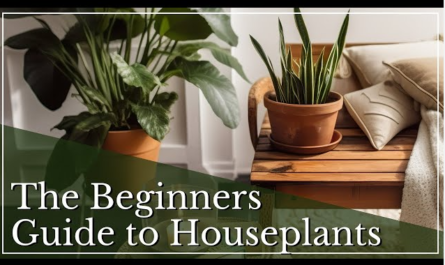Creating a lush indoor garden can transform your living space into a serene, green oasis. Whether you live in a spacious home or a cozy apartment, you can cultivate a thriving indoor garden that not only enhances the beauty of your surroundings but also improves your air quality and overall well-being. Here’s a comprehensive guide to help you create a lush indoor garden in any space.

1. Assess Your Space
Light Availability
The first step in creating an indoor garden is to evaluate the natural light in your home. Different plants have different light requirements:
- Bright, Direct Light: Ideal for sun-loving plants like succulents and cacti.
- Bright, Indirect Light: Suitable for most indoor plants such as ferns, pothos, and spider plants.
- Low Light: Perfect for low-light tolerant plants like snake plants and ZZ plants.
Space Constraints
Consider the amount of space you have available. Vertical gardening, hanging planters, and small potted plants can make the most of limited space.
2. Choose the Right Plants
Selecting the right plants is crucial for a lush indoor garden. Here are some plant recommendations based on light conditions:
Bright, Direct Light
- Succulents: Require minimal water and thrive in bright light.
- Cacti: Hardy and low-maintenance, perfect for sunny spots.
Bright, Indirect Light
- Philodendron: Easy to care for and grows quickly.
- Fiddle Leaf Fig: Adds a dramatic touch with its large leaves.
- Pothos: Versatile and grows well in various lighting conditions.
Low Light
- Snake Plant: Nearly indestructible and thrives in low light.
- ZZ Plant: Tolerates neglect and low light.
- Peace Lily: Beautiful and easy to care for, with the added benefit of purifying the air.
3. Select the Right Containers

Choosing the right containers is essential for both plant health and aesthetics. Consider the following:
- Drainage: Ensure pots have drainage holes to prevent waterlogging.
- Size: Select pots that provide enough room for root growth.
- Material: Terracotta pots are breathable and ideal for plants that prefer drier soil, while plastic pots retain moisture better.
4. Potting Mix and Soil
Using the right potting mix is vital for plant health. Different plants have different soil needs:
- Succulents and Cacti: Use a well-draining, sandy mix.
- Tropical Plants: Prefer a rich, loamy mix that retains moisture but drains well.
- General Houseplants: A standard potting mix with added perlite for drainage works well.
5. Watering and Maintenance
Proper watering is key to a lush indoor garden. Overwatering is a common mistake, so it’s important to understand each plant’s needs:
- Check Soil Moisture: Before watering, check if the top inch of soil is dry.
- Water Evenly: Water the soil thoroughly until it drains out of the bottom.
- Seasonal Adjustments: Reduce watering in winter when plants are typically dormant.
Regular maintenance also includes dusting leaves, pruning dead or yellowing foliage, and repotting plants as they grow.
6. Fertilizing
Indoor plants need nutrients to thrive. Use a balanced, water-soluble fertilizer during the growing season (spring and summer). Follow the recommended dosage on the fertilizer package and reduce feeding during the dormant period (fall and winter).
7. Incorporating Vertical and Hanging Gardens

Maximize your space by incorporating vertical and hanging gardens:
- Vertical Gardens: Use wall-mounted planters, shelves, or trellises to grow plants vertically.
- Hanging Planters: Hang plants from the ceiling or wall brackets to add greenery without taking up floor space.
8. Creating a Focal Point
Design your indoor garden with a focal point to draw the eye and create visual interest. This could be a large statement plant like a fiddle leaf fig or a beautifully arranged plant shelf.
9. Grouping Plants
Group plants with similar light and water needs together. This not only makes care easier but also creates a lush, cohesive look. Experiment with different heights, textures, and colors to add depth and variety.
10. Adding Decorative Elements
Enhance your indoor garden with decorative elements:
- Plant Stands: Elevate plants to create layers and visual interest.
- Pebbles and Stones: Add to the surface of the soil for a polished look.
- Decorative Pots: Choose pots that complement your home decor.
Conclusion
Creating a lush indoor garden is a rewarding endeavor that brings nature into your home, improves air quality, and adds beauty to your space

